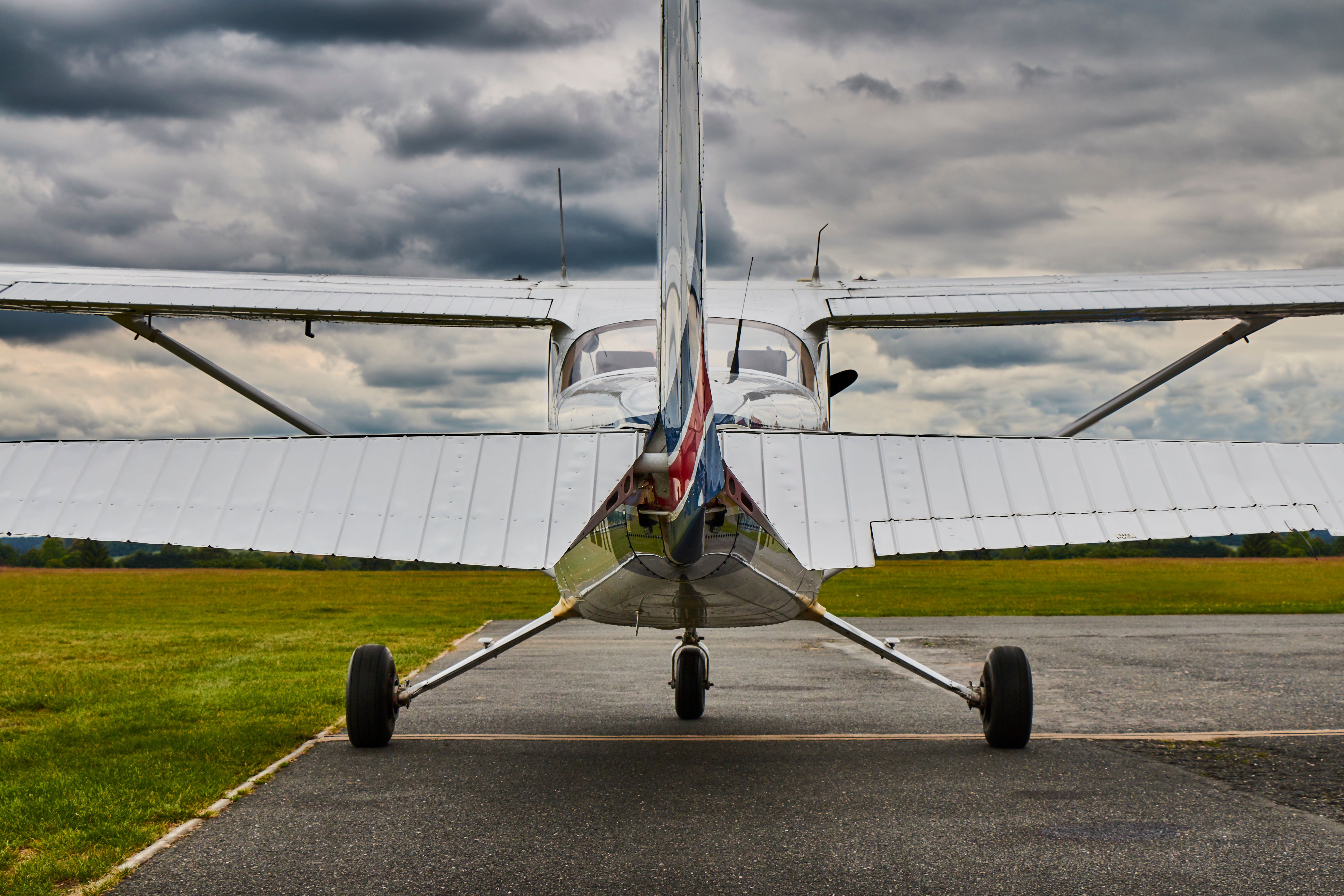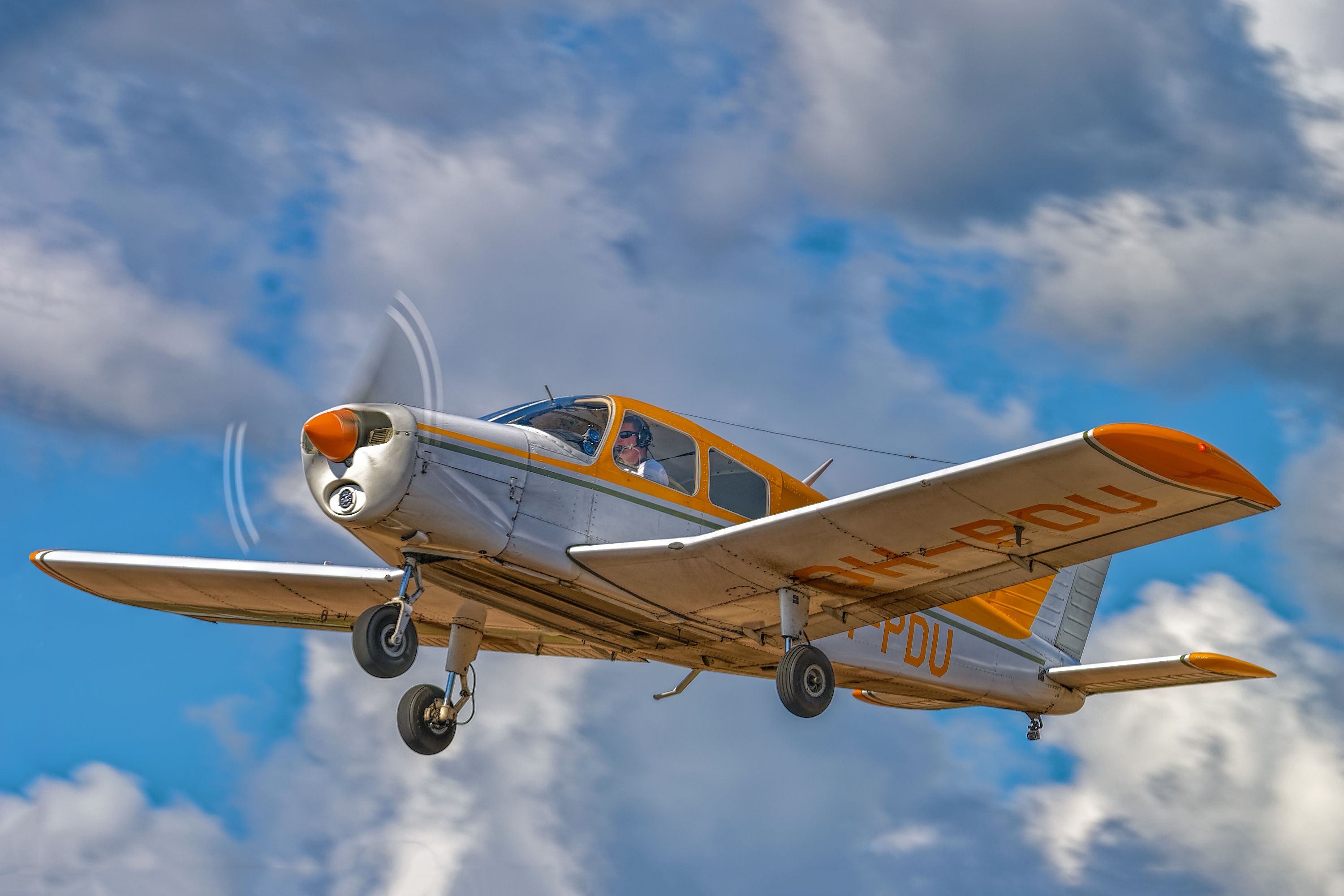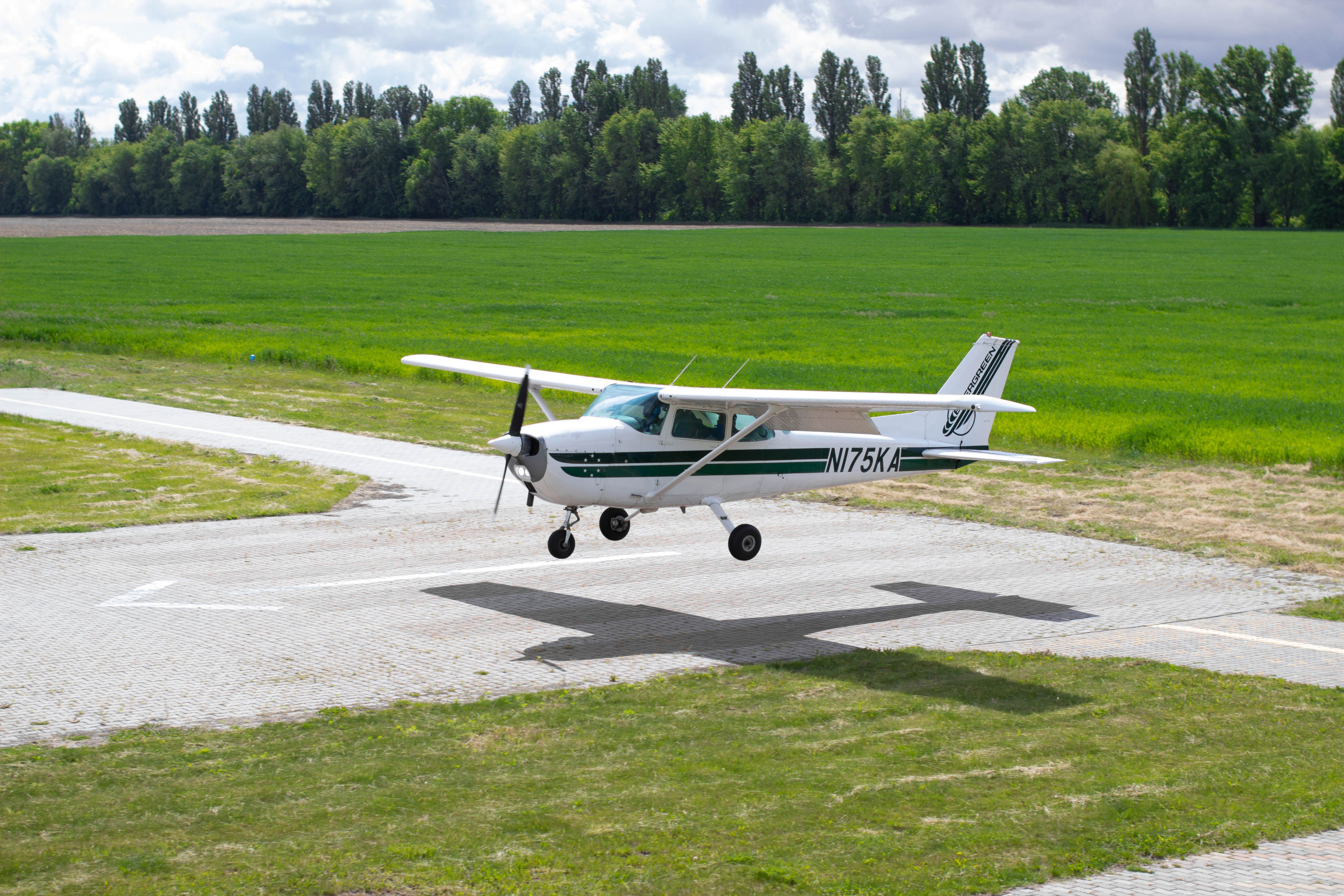Summary
- Pilot training academies in the US are facing a shortage of training aircraft, adding to the existing pilot shortage issue.
- New aircraft have become too expensive, making it challenging for smaller flight schools to afford them.
- Possible solutions include approving light sport aircraft for pilot training, lowering the costs of new aircraft, or developing electric aircraft with longer ranges and interchangeable batteries.
It is no secret that airlines in the United States face a shortage of trained pilots as the issue has been widely discussed, and the idea of lowering the hour requirement has been thrown around. What is not widely known is that training academies are beginning to face a shortage of training aircraft.
Not just a pilot shortage
Last month, Simple Flying spoke with Ed Davidson, Managing Director of Skyborne Airline Academy US in Vero Beach, Florida, about the aircraft shortage. Skyborne was known as Flight Safety International until 2021, when Skyborne acquired the academy. Since 2021, 120 have completed the entire program, and another 321 have gone through different phases and completed at least one program. The academy is now at full capacity with 410 students in training, a 38% increase over 2021.
In the United States, most commercial pilots are trained in small flight schools, while a much smaller percentage are trained through collegiate operations like Embry Riddle, Purdue, and Western Michigan. Some also go through the Air Force and then transition to airlines. Finding aircraft suitable for pilot training has become a challenge as new aircraft have become too expensive, especially for smaller schools to afford them.
According to Davidson, manufacturers like Cirrus, Piper, and Cessna have started to shift their focus to the corporate market. Today, a brand-new aircraft, like the Cessna 172 Skyhawk or the Piper PA-28 Cherokee, costs more than $400,000. In addition to the rising cost of brand-new aircraft, used aircraft with a long-enough lifespan for training are becoming challenging to find. These older aircraft are generally from the 1970s-1980s and are reaching the end of their lifespan for training purposes.
How to solve the problem
When asked about potential solutions to the problem, Davidson said there were three possible solutions, but all were difficult. First, the Federal Aviation Administration (FAA) could approve light sport aircraft (LSA) for pilot training which would only be a partial solution as LSAs on a 200-mile cross-country flight drastically differ from current training aircraft. Currently, LSAs are not approved because of weight restrictions, but there are ongoing discussions with the FAA to change that.
Get the latest aviation news straight to your inbox: Sign up for our newsletters today.
Second, original equipment manufacturers (OEMs) could lower the costs of new aircraft, which is unlikely given the rising costs of supplies and labor worldwide. The last option is to begin using electric aircraft for training, which also poses a problem. The aircraft on the market do not have the range needed for training, and batteries are not interchangeable. New aircraft would need to be developed with interchangeable batteries and longer ranges, and double the amount of aircraft would need to be produced for academies and schools to have enough for training.
The COVID pandemic and the early retirement of many pilots led to a shortage of trained pilots in the United States, and there is now a large number of pilots who are training but do not have enough hours to fly for airlines. The added shortage of training aircraft could pose a severe threat to the commercial aviation industry in years to come, an industry that only predicts large amounts of growth.



